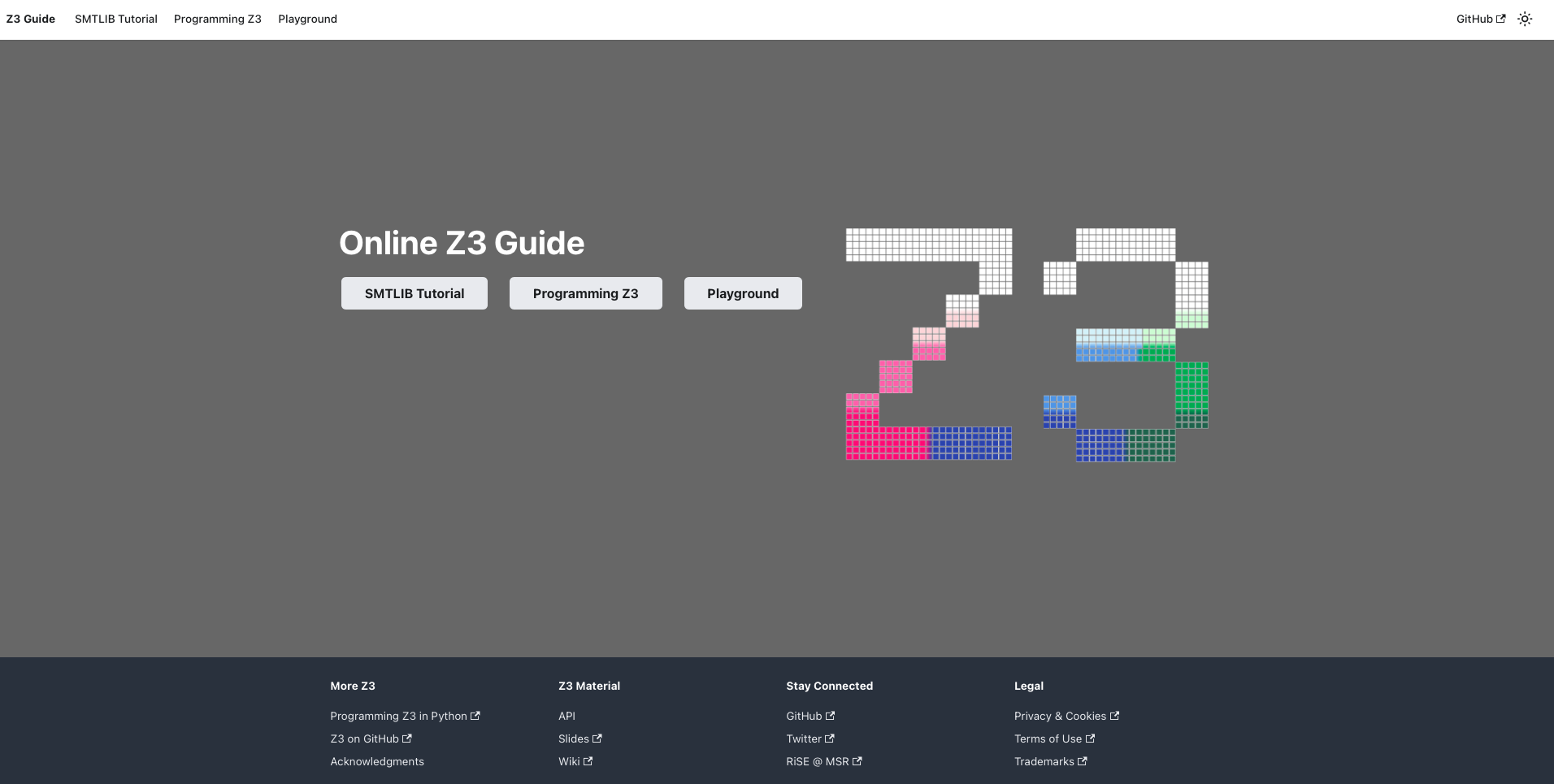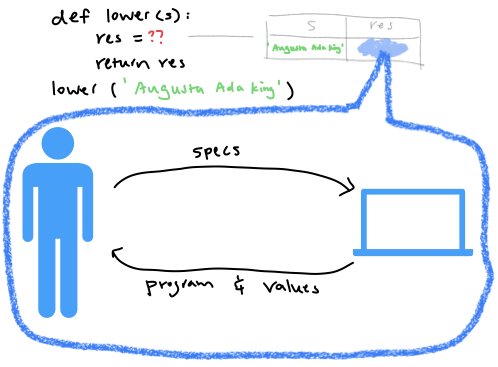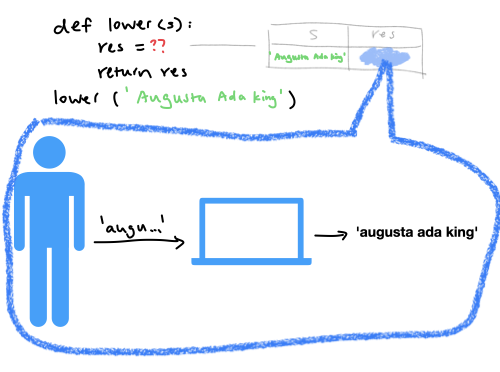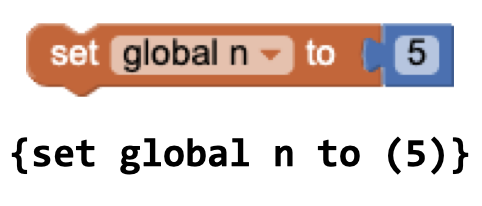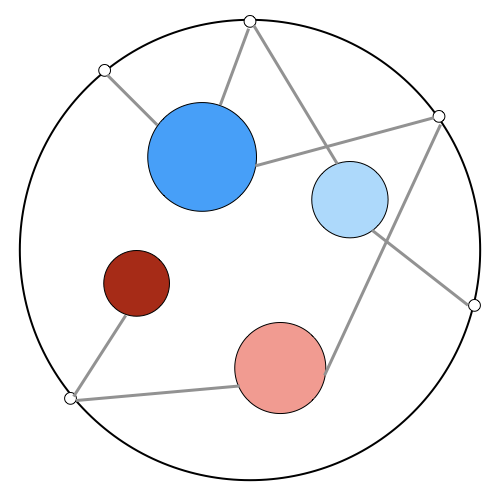How do experienced software developers use AI agents for coding? (2025.7 - 2025.12) [paper]
The rise of AI agents is transforming how software can be built. In reality, how do experienced developers use agents in building software? Specifically, what are their motivations and strategies for using coding agents, what tasks are suitable for agents, and what are their sentiments towards these agents? Through field observations (N=13) and qualitative surveys (N=99), we find that while experienced developers value agents as a productivity boost, they retain their agency in software design and implementation out of insistence on fundamental software quality attributes, employing strategies for controlling agent behavior leveraging their expertise. In addition, experienced developers feel overall positive about incorporating agents into software development given their confidence in complementing the agents’ limitations.

